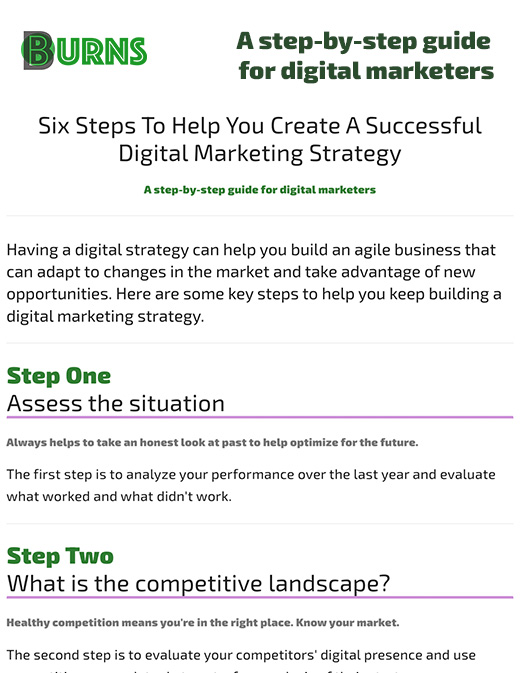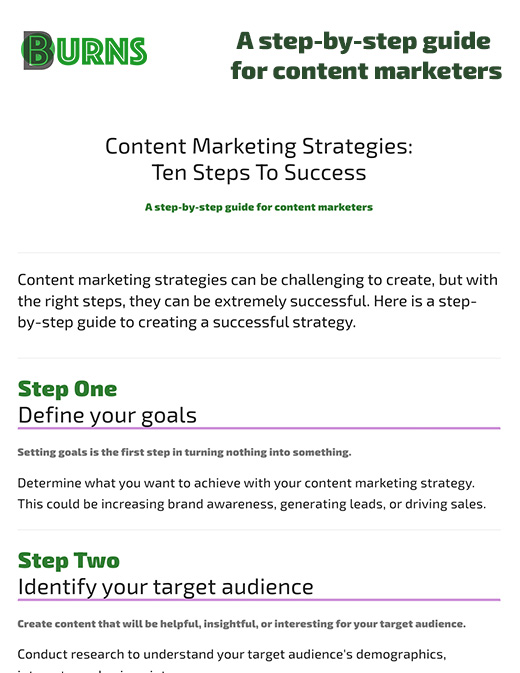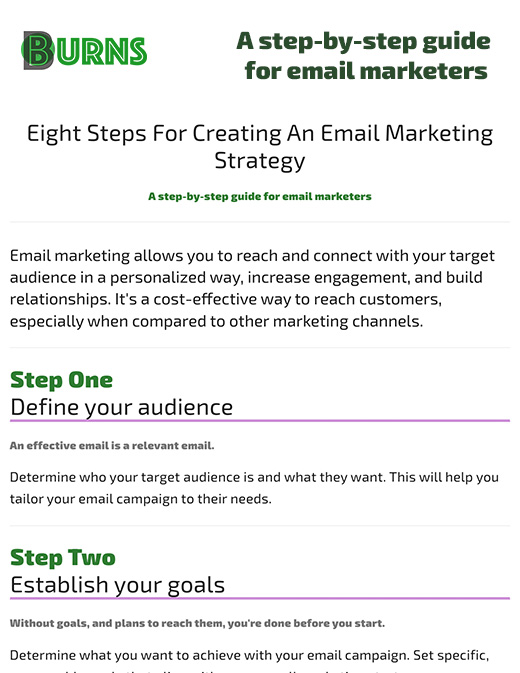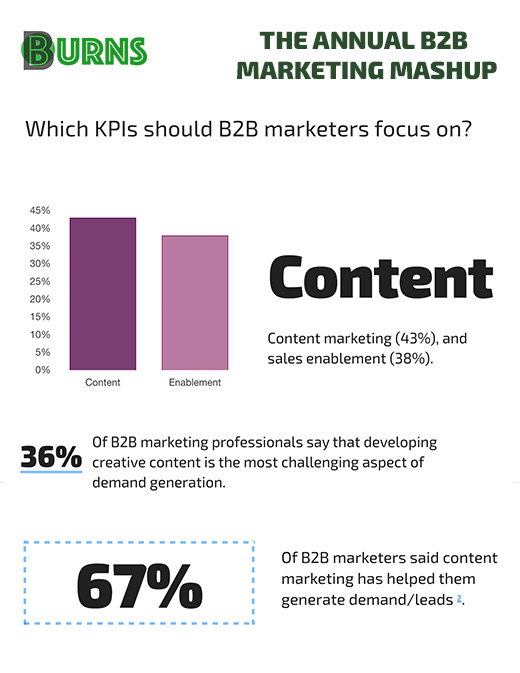The impact of AI on B2B demand generation is undeniable
Josh BurnsDate: January 14, 2024 | Time: 6 min to read
With each line of code, we uncover a treasure — a future where AI's potential knows no measure.
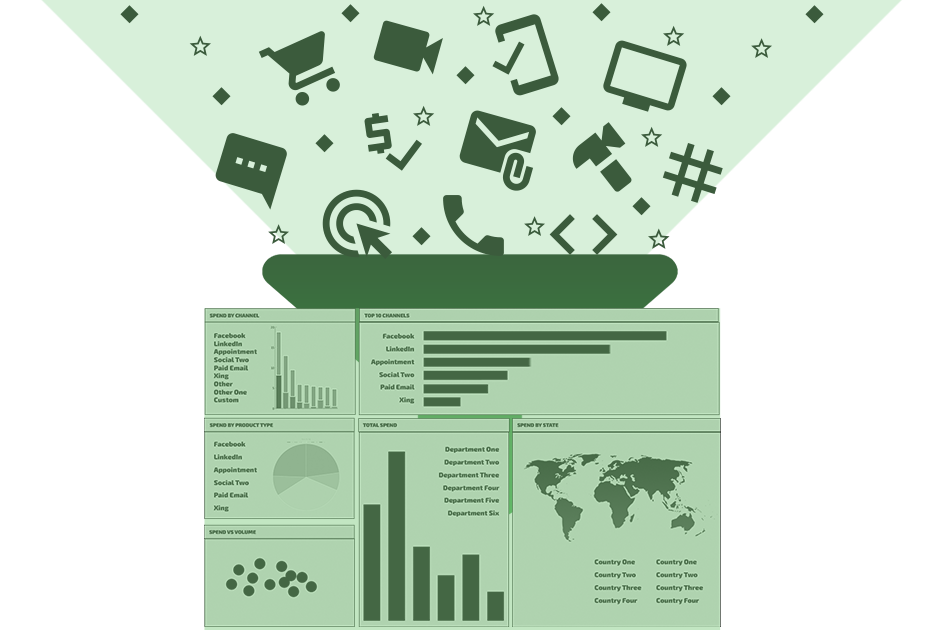
Let's rephrase that "With each line of code, we uncover a treasure — the potential of humans and AI knows no measure." Thinking about what impact artificial intelligence has had on B2B demand generation. It is not a new concept for many. I remember when it was very difficult to implement. If you mapped the wrong keys, had some other misconfiguration, not enough data, or the model failed we would throw our hands up and talk all kinds of crap about machine learning and artificial intelligence. Well, I suppose that is still the case today. ML and AI are not only getting easier to implement, we are accelerating the learning process and shortening the window for creating solutions to all sorts of challenges. This transformative impact of AI on B2B demand generation is a crucial aspect of digital marketing. The amount of information we can analyze, process, and activate now is really remarkable/insane.
A practical real-time example
Yesterday I explored some APIs and created a basic notification system. I could have used ChatGPT, Github Co-Pilot, Claude, Otter.ai, Jasper, or another resource that leverages the power of AI. In this case I chose to use some free resources to quickly get going. I used Node.js, Vue.js and Vite for front end tooling. For editorial, I used Wordtune to rewrite and fine tune our copy. I tested a few different email APIs, landed on Sendgrid, and added some backend functions using Firebase. A basic proof of concept to better understand where AI can contribute in the process end-to-end (with a focus on production).
The objective — nurture leads to become VIPs
Part of the core objective with this POC is lead nurturing. In this case I wanted to get hands-on and create a notification system (limited to email in this case) that leverages AI to assist in creating, personalizing, and optimizing messaging. We can apply various channels like SMS, social, email, and more. For this example, we will keep it focused on a new customer experience. A customer email nurture typically includes a series of personalized and timely emails tailored to the needs and expectations of the customer. They are designed to familiarize our customers with the product, provide valuable information, address their needs and concerns, and ultimately guide them through the onboarding process and towards conversion. Of course this is a simple example that requires a lot more attention to be ready for prime time.
I gotta be honest - I couldn't finish the project in the few hours I had carved out. But I did manage to set up a basic application with sign-up, log-in, password recovery, emails, and triggers. I also put together a tiering system for member subscriptions. By the way, I'm a big fan of Wordtune! The product, through the browser extension, helped make every text input field AI enabled, activating the power of AI and making them capable of fixing grammatical errors, suggesting paraphrases or alternative writing tones, and generating written text based on existing context. I was able to start building in more features that would provide more insights, even in this basic form. For example, we can create new triggers in our app when a task is completed that kicks off different conversations, maybe a rewards program.

A few years ago, the time required to develop something basic like this, particularly from my perspective, was significantly greater, approximately 6-7x the time I spent on this concept. Keeping in mind that there is still a long distance to go for this to be anywhere close to a real product.
Next steps to complete the lead capture, nurture, convert, and retain flow. We can add AI lead scoring to help identify high-quality leads by inspecting and analyzing a range of data points. Key data points: implicit data (e.g., email opens, website visits), explicit data (e.g., job title, company size), firmographic data (e.g., industry, revenue), technographic data (e.g., technology stack), and engagement data (e.g., content interactions).
The Impact
I have to admit, I am amazed that I was able to create a working proof of concept during a short window of research. Although I didn't have time to further develop it with code tests, advanced analytics, quality assurance checks, or messaging testing and optimization, it's incredible what can be achieved in just a few hours by utilizing excellent platforms and, most importantly, AI to enhance efficiency. For B2B demand generation we have already seen revolutionizing technology that helps us with budget allocation, bid and budget optimization, real-time performance analysis, and predictive analytics.
One thing that really stands out to me here, is the balance AI is set to bring. I believe another big benefit of AI is that smaller teams will be able to produce the same, or more than what it requires larger teams to accomplish today. AI certainly will continue to help us succeed by enhancing productivity and output quality.
Key findings from this research:
- Huge time savings: We can complete some tasks in minutes that previously took marketing teams hours or days, such as building applications, generating content, optimizing ads, and automating social media posting to name a short list.
- Optimizing campaigns: We can stay competitive and grow by automating processes and optimizing marketing campaigns, enabling personalized communication, performance analysis, and more targeted marketing.
- Revealing customer insights: We can reveal valuable customer insights and enable hyper-personalization at scale, AI enhances marketing efficiency by enabling better targeting and creative.
Concluding thoughts for the day
AI has already dramatically helped B2B demand generation. Today, by automating software tests, creating great content consistently, personalizing customer outreach, and streamlining employee support processes we can focus on tasks that continue to move the ball forward and reduce workload.
We will see significant advancements and improvements across various domains with the use of artificial intelligence. It will be the collaboration between humans and AI that will be producing new efficiencies, enhancing human capacities, saving time, and even saving lives. AI in marketing is poised to transform the industry in significant ways. I can't wait to see exactly how.
Although not a new question, it is something that constantly occupies my mind as a marketer. How will artificial intelligence transform the way we understand and engage with our customers?
★ Bits & Bytes: Here are some steps to take in order to help ensure data accuracy when using AI for lead nurturing. Clean, accurate, and consistent data is essential for lead scoring. Give leads a comprehensive view with data from various sources. Keep an eye on and evaluate the performance and outcomes of AI lead scoring to make sure it's accurate. The lead qualification process can be significantly improved by artificial intelligence, but it still needs human oversight and expertise.
We might consider building a solution—Unified Notification Management: Develop an app that allows businesses to manage product notifications across various channels such as SMS, Email, Push, WhatsApp, and Slack. This app can integrate with additional software to provide a central platform for designing, orchestrating, and monitoring all notifications. What do we say now days given the sky is clearly no limit?
Sources and Resources:
- Firebase is a platform developed by Google for creating mobile and web applications. It provides various services such as database, authentication, hosting, and analytics, helping developers build high-quality apps quickly.
- Node.js is an open-source, cross-platform JavaScript runtime environment that executes JavaScript code outside of a web browser. It is commonly used for building server-side and networking applications.
- Sendgrid is a cloud-based service that provides email delivery and management solutions. It is often used by developers to send transactional and marketing emails at scale.
- Vue.js is a progressive JavaScript framework used for building user interfaces. It is designed to be incrementally adoptable and focuses on the view layer of web applications.
- Vite is a build tool for modern web development. It is known for its fast build times and great developer experience. Vite supports Vue, React, and vanilla JavaScript projects.
- Perplexity AI is an AI language model developed by Perplexity AI. It is designed to provide accurate and high-quality answers to a wide range of questions.
- Wordtune is an AI-powered writing assistant that helps users improve the clarity, style, and tone of their writing. It offers suggestions for rephrasing sentences and provides real-time feedback to enhance the overall quality of the text.
Resources
